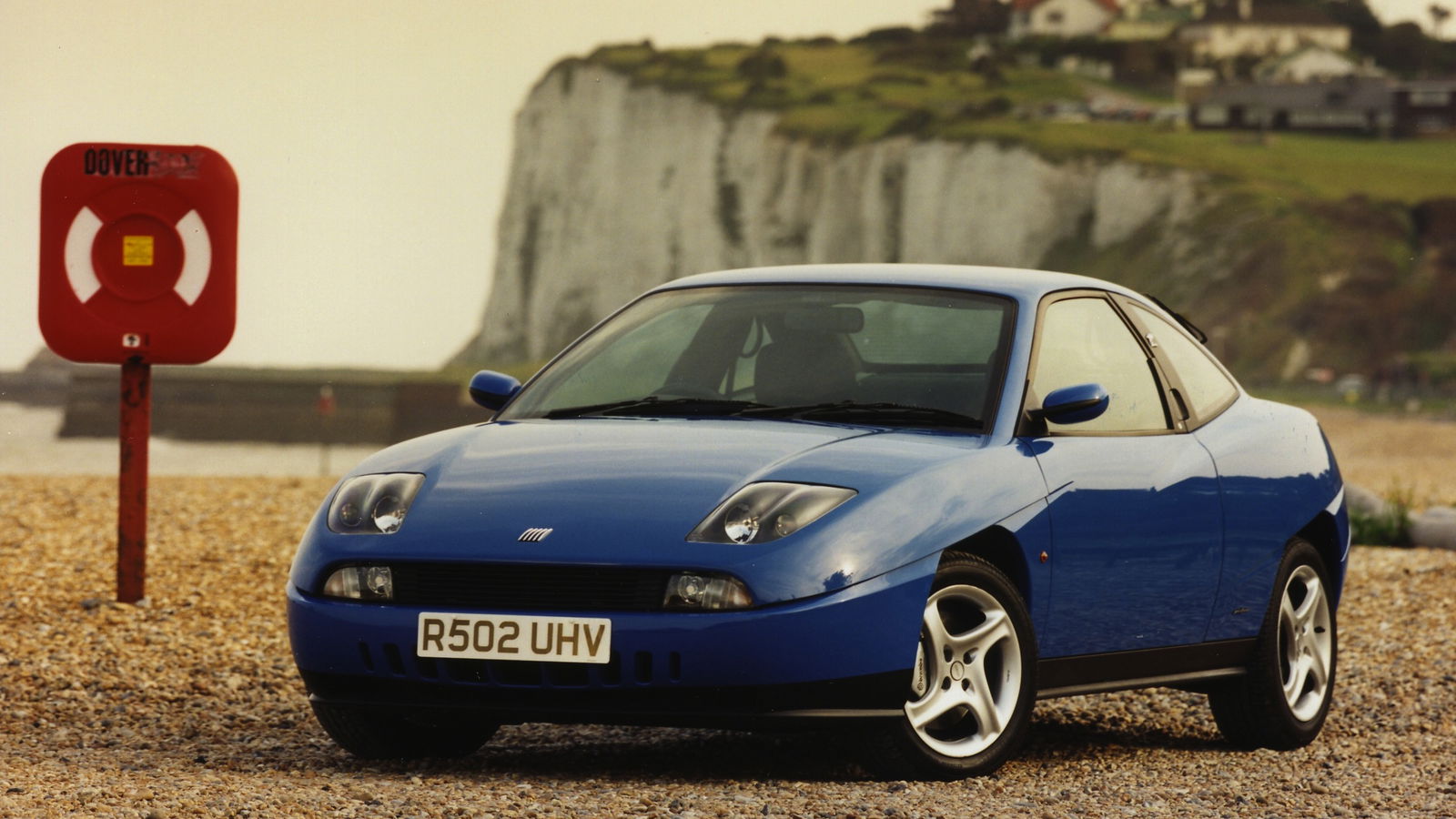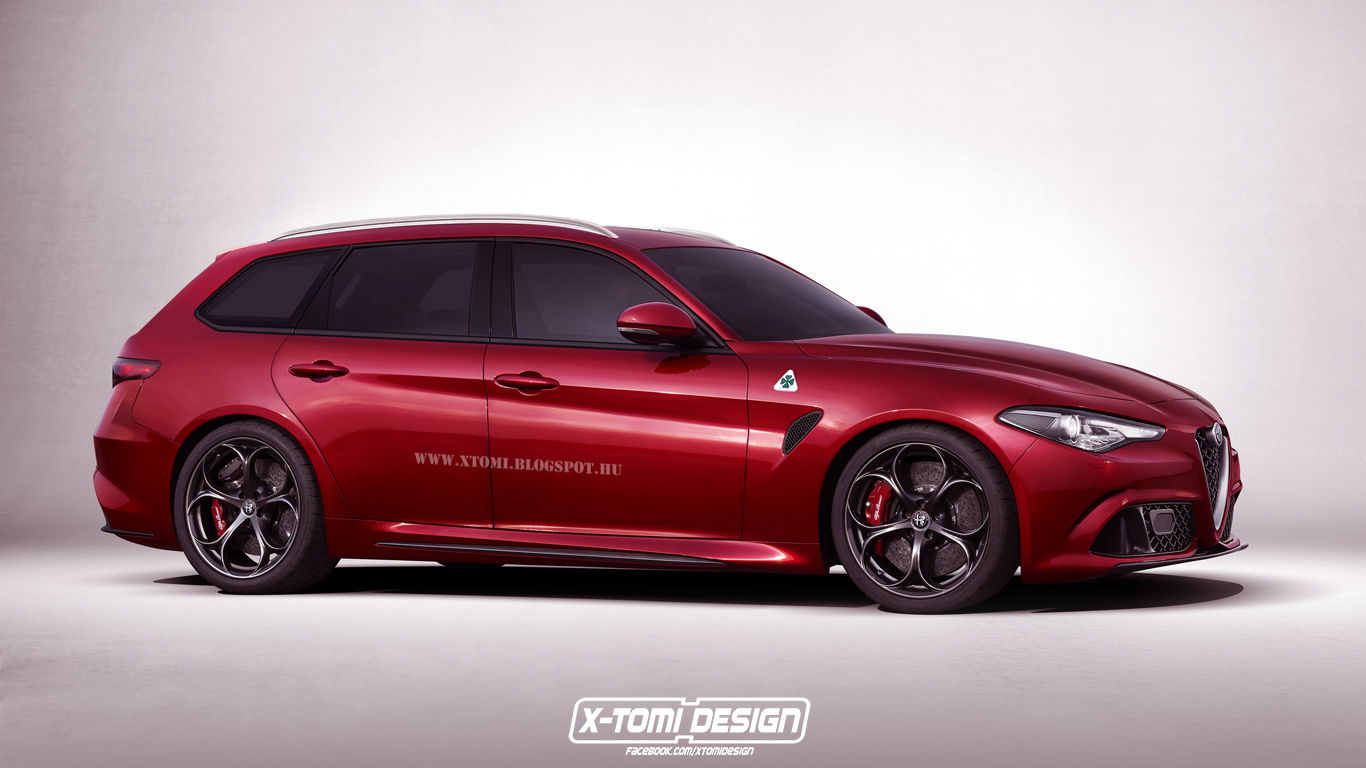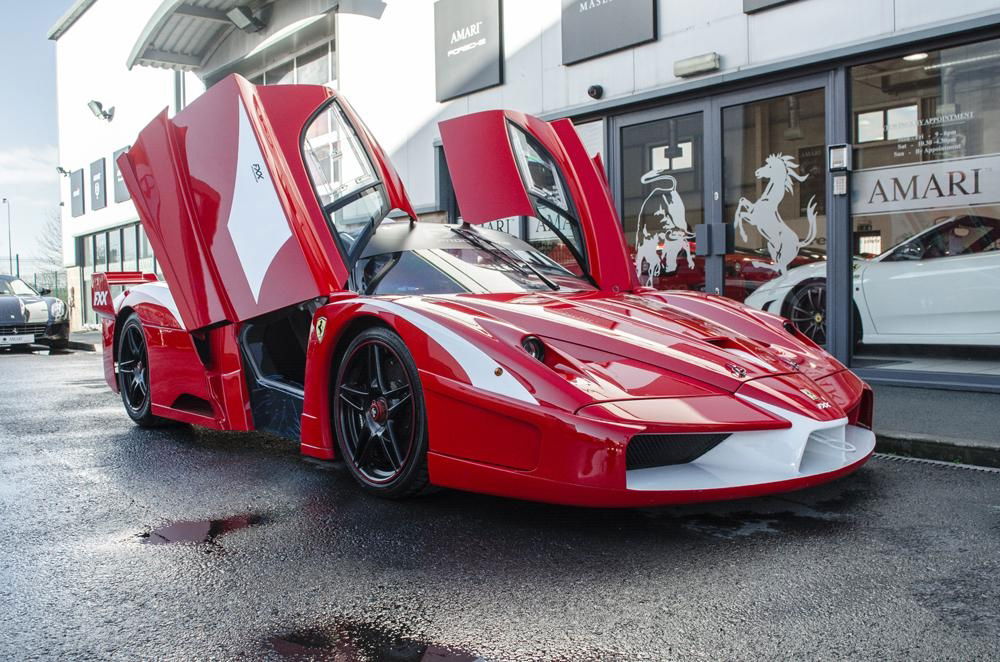The Advantages And Disadvantages Of The Inline Five-Cylinder Engine

Five cylinder engines have managed to sneak themselves under the bonnets of some of the all-time greats in the realm of performance cars. Well-known uses of this configuration include the Audi Ur Quattro, the second-generation Ford Focus RS and the Volvo 850R. Quite a roster.
Five-cylinder engines are still in production and feature most prominently in the Audi TT RS and RS3. Despite their rarity, it’s worth looking at the pros and cons of such engines to see why some manufacturers swear by them and why others would never touch them, sticking with a standard in-line four.

Five cylinders have a bespoke firing order that can even its power strokes throughout the crankshaft’s rotation. The four-stroke, five-cylinder setup leads to a firing interval of 144 degrees of crankshaft rotation. In comparison to a four-cylinder engine which fires every 180 degrees, there will be a 36 degree overlap, meaning another power stroke has occurred before the crankshaft rotates to the 180 degree mark. This results in a power delivery is smooth, instead of the relative jolting action of an inline-four.
The crankshaft journals are spaced out in a fashion to cater for the five cylinders. Relative to the first piston being at top dead centre, the second journal sits 144 degrees counter-clockwise around the crankshaft, the third journal at 216 degrees, the fourth at 288 degrees and the fifth at 72 degrees (or 432 degrees from the origin). With the respective firing interval, this makes for a firing order of 1-2-4-5-3 in most five-cylinder engines. This means the piston reciprocation hops from one side of the engine block to the other before finishing its full cycle with the central third piston.
As with three-cylinder engines, the behaviour of the reciprocation due to the journal spacing and firing order leads to a balance of the vertical forces within the engine. Unfortunately, there is a torque imbalance along the horizontal plane of the engine, meaning a five-cylinder is constantly trying to twist or flip over its length. This rocking motion will often need a balancing shaft to cancel out that twisting force which will improve overall refinement. That intrinsic inertial behaviour is then enhanced by the length of the engine compared to an I4, leading to an engineering complexity that many manufacturers decide to shy away from.
For those willing to engineer their way around these problems however, there are multiple reasons why a five-cylinder is a viable option as a powertrain. For starters, Being shorter in length than an in-line six, they can be mounted transversely much more easily. This opens a window for the implementation of a five-pot in smaller cars within a manufacturer’s range.
As discussed previously, the delivery of power is smoother than that of an inline-four which makes for the silky-smooth ascent in revs that the five-pot is renowned for. This is further enhanced by the vertical balance of the reciprocating pistons and when combined with the added potential displacement over a four-cylinder engine, there are plenty turn-ons that justify the choice of these powerplants by the likes of Audi.
Sounding like miniature V10s, five-cylinder engines seem to have naturally grown a respect within the automotive community. Possibly stemming from past motorsport success, cars featuring five-pots are still holding on, unlike their V10 cousins.
We’ll soon be testing the Audi RS3 saloon which features the same 395bhp five-cylinder 2.5-litre engine as the Audi TT RS, a car that CT is already rather fond of. With Audi cancelling a 400bhp+ version of its EA888 inline-four due to the fact the existing five-pot is a cheaper option, this engine should be around for a while longer.
Add in the fact that Mercedes is re-joining the in-line engine game this year with its new straight-six plus Jaguar set to follow, we could be on the cusp of a renaissance of the inline performance engine. Exciting times!


Comments
But when inline 5s make THAT type of noise, the disadvantages ain’t even worth thinking about
Volvo’s inline 5 was beastly.
Where is the quizzez?
fanboying intensifies
The only thing i know is that the TT RS is awsome. I don’t understand anything of what you said
solution:
Too bad that Volvo is just phasing their five cylinder engines. The D3/D4 with 160 bhp in the S60/V60 was ultimately one of the last five-cylinder engine you could ever get in a Volvo. It ran so incredibly smooth, the other 2 litre turbodiesels were nowhere near that. Fuel consumption was okay too. Well, it never actually did the officially claimed 5 l per 100 km, but 7 l per 100 km is acceptable for a car of that size.
And what have they replaced it with? A 2 litre inline four turbodiesel that is 0.7 l per 100 km better on the official tests but drinks just as much in reality. Good job, Volvo, good job.
it’s all fun and Games untill you have to change the Timing Belt on a 5 Pot FiAT…..
And this article forgets to mention the most famous 5 cylinders (possible the most sold). The mercedes OM602 2.5L used in W201, W124, G-class. The OM617 3.0L Turbo diesel used in the W115, W116 , W123 series and the W126 series. The engines can do a million miles without issues.
From 1-5 I rate this article as a straight 5!
Pagination